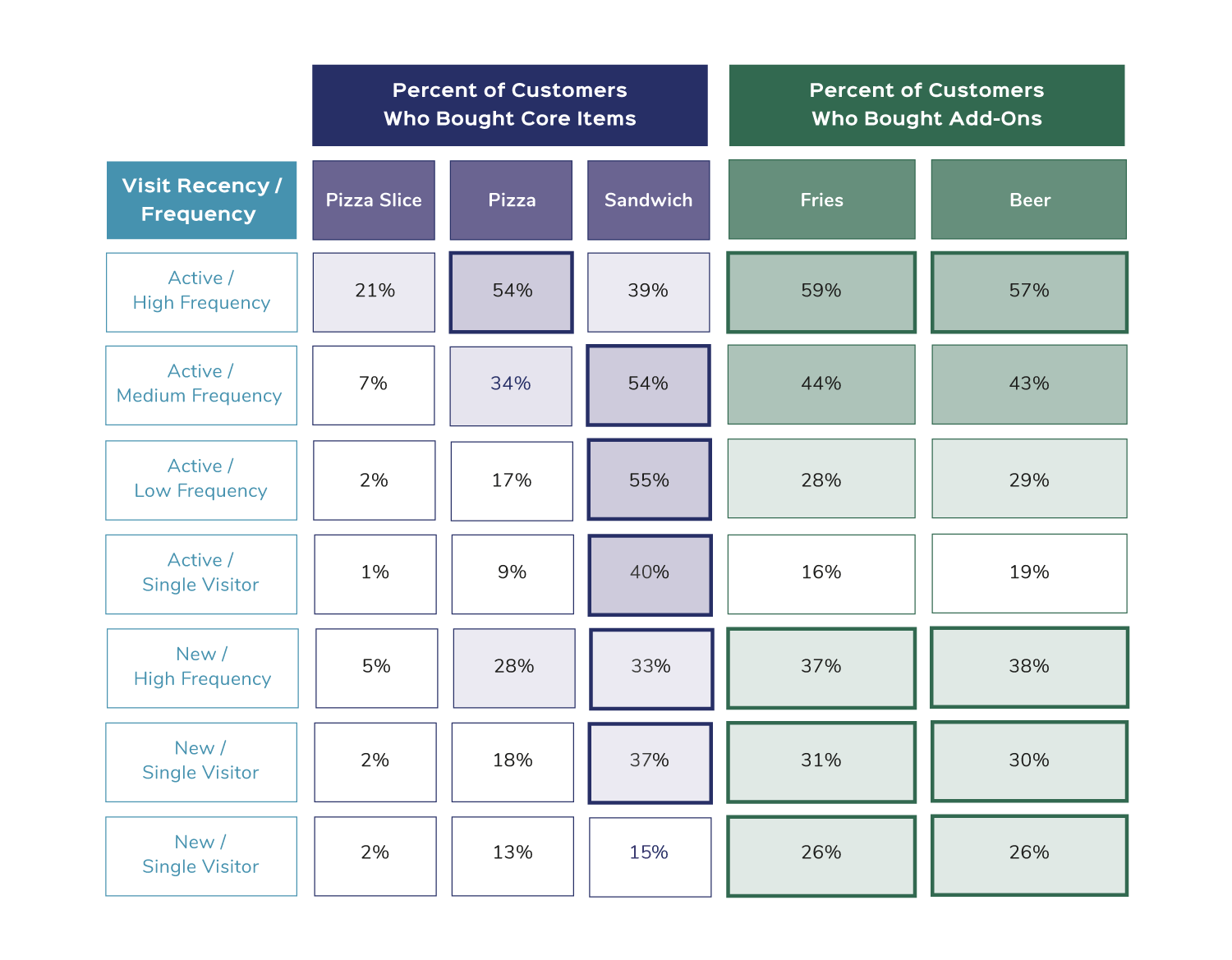- Solutions
-
-
Use Cases
-
-
-
- Our Resources
ARTICLES
- Blogs
- Case Studies
- Everything you need to know
- FAQ
DOWNLOADABLES
- eBooks & Whitepapers
- Videos
- Company
- Contact Us
- Request Demo
Use Cases
ARTICLES
DOWNLOADABLES
Executive Summary
Continuing from our leveraging subscriptions blog last week, we now look at the types of subscriptions you should apply to your business and explain how to segment the data to cement success and grow your revenue.
From unlimited coffee to endless brownies to all the Chinese food you can handle for a small monthly fee, subscription programs are taking over. Restaurant and retail marketers, be prepared; it’s only a matter of time before someone knocks on your office door and asks, “Why don’t we offer ____ as part of a subscription program?”
Subscriptions are a powerful loyalty tool with lots of advantages. Subscriptions grow revenue and customer visits while building loyalty and differentiating unique brand propositions. And subscriptions are only becoming more popular. In 2022, the average consumer held, on average, five subscriptions, with a total annual spend for all of them at £640, or £130 per subscription. This means that if a restaurant can convince 100 guests to sign up for an average subscription, they can look forward to an annual incremental revenue of £13,000.
What to offer? Netflix vs. Estee Lauder vs. Amazon.
Of course, not all subscription programs are alike. We have identified three major categories of subscriptions, exemplified by subscription services from Netflix, Estee Lauder, and Amazon.
Naturally, choosing your type of subscription service will vary depending on your brand, your concept, and your menu. Convenience stores will naturally gravitate towards add-on product subscriptions such as coffee to encourage in-store purchases, while pizza restaurants may lean toward service subscriptions offering free delivery.
Segmentation leads to success. Data determines the item.
After you’ve aligned your brand with a category of subscription items, use segmentation to determine the target audience for your subscriptions. Because subscriptions have broad appeal across all visitor types, segmentation is key to determining which items will target the right audience. Matching the core data against your key visitor types makes that clear. Let’s take some hypothetical data below. It’s easy to see that the best item to offer highly depends on the subscriptions category and the audience. For this particular brand, it’s clear that pizza will appeal to its most frequent visitors, while fries are an obvious choice for an add-on. On the other hand, if this brand is trying to encourage its medium- and low-frequency guests to come more often a sandwich subscription could encourage repeat business. Moreover, a sandwich subscription also appeals to new, potentially high-frequency guests. And add-ons of either beer or fries appeal to new visitors of all types and would potentially be effective at wooing single visitors to visit again. Finally, the data shows that offering a pizza-slice subscription is a poor choice across the board.

As the popularity of subscription programs grows, the pressure on your restaurant or coffee shop to offer one will become undeniable. Fortunately, the question of which item to offer comes down to data and your business strategy. Armed with this knowledge, you may find yourself knocking on a colleague’s door shortly, asking, “Why don’t we offer ____ as part of a subscription program?”
You can download our latest subscription report by clicking the button below.
Further resources:
11 messages you should use to get the best customer engagement